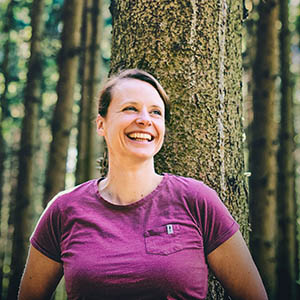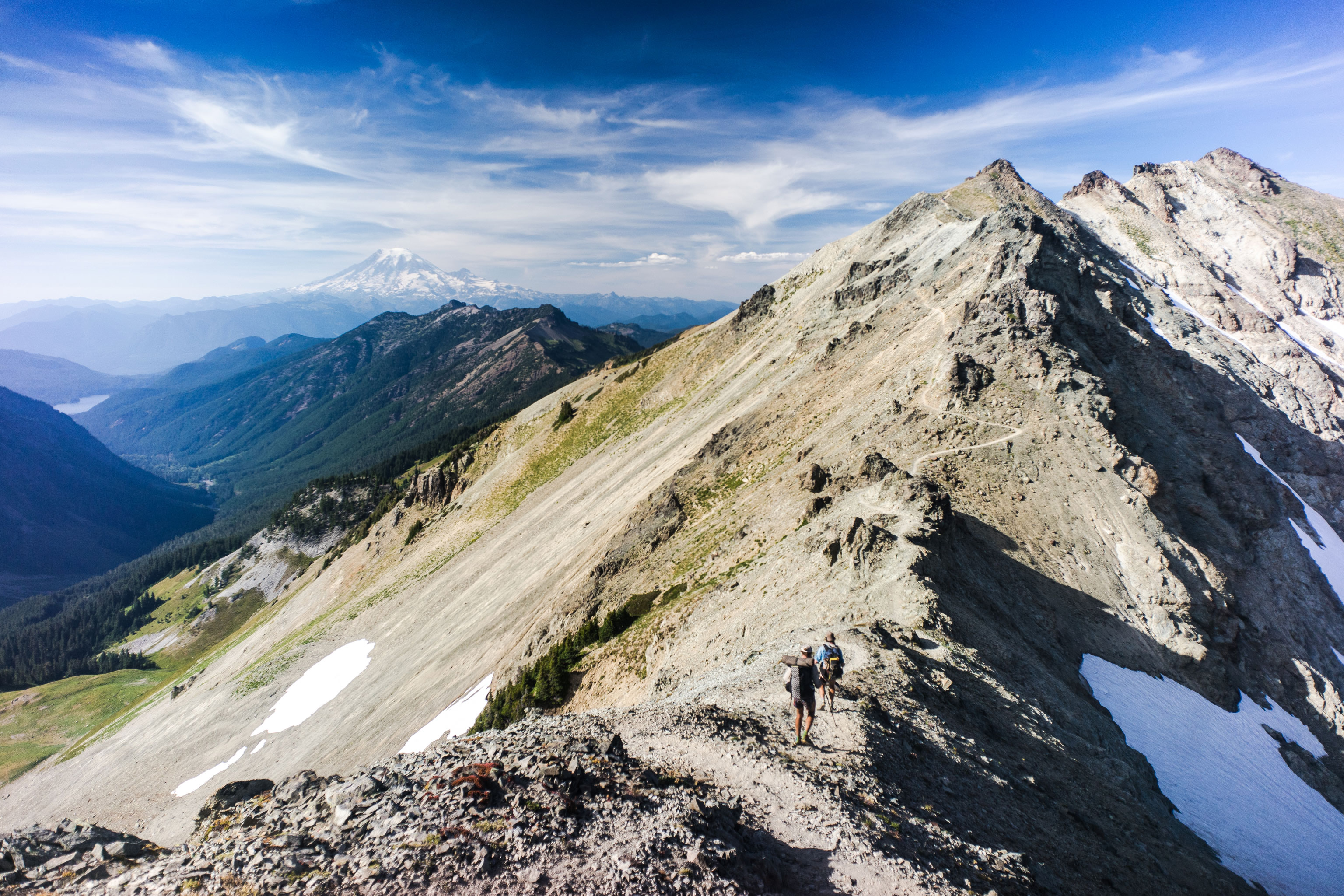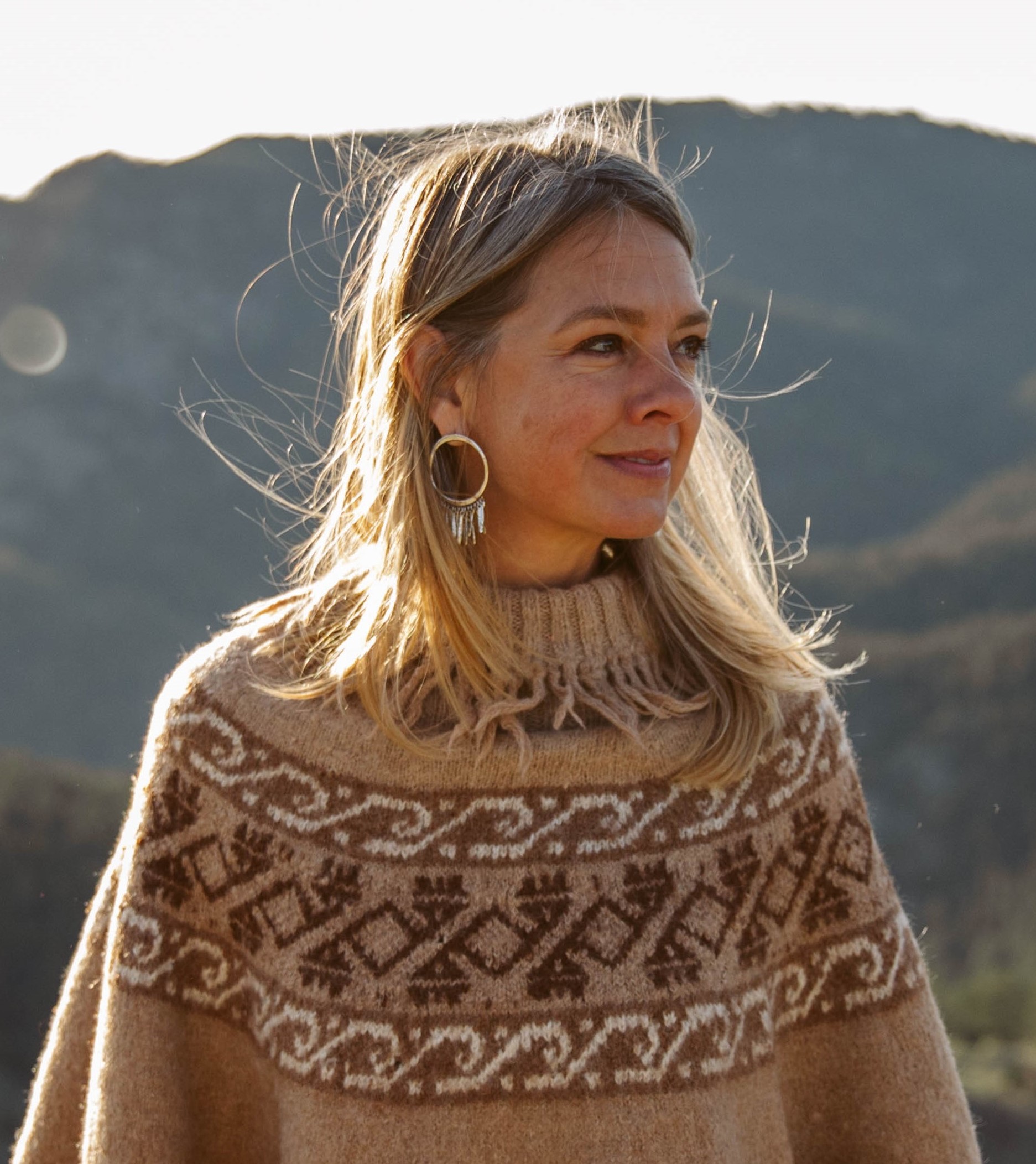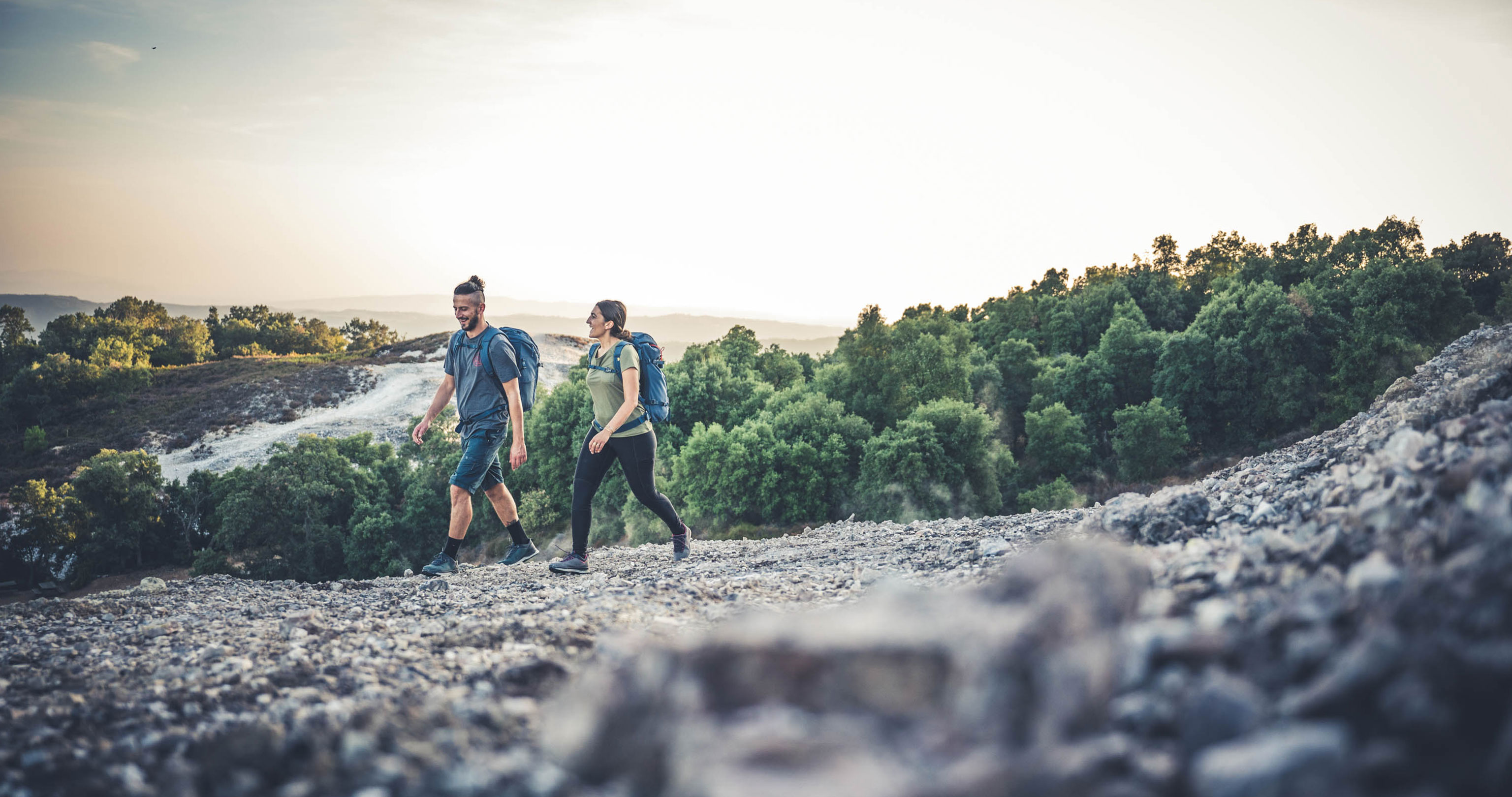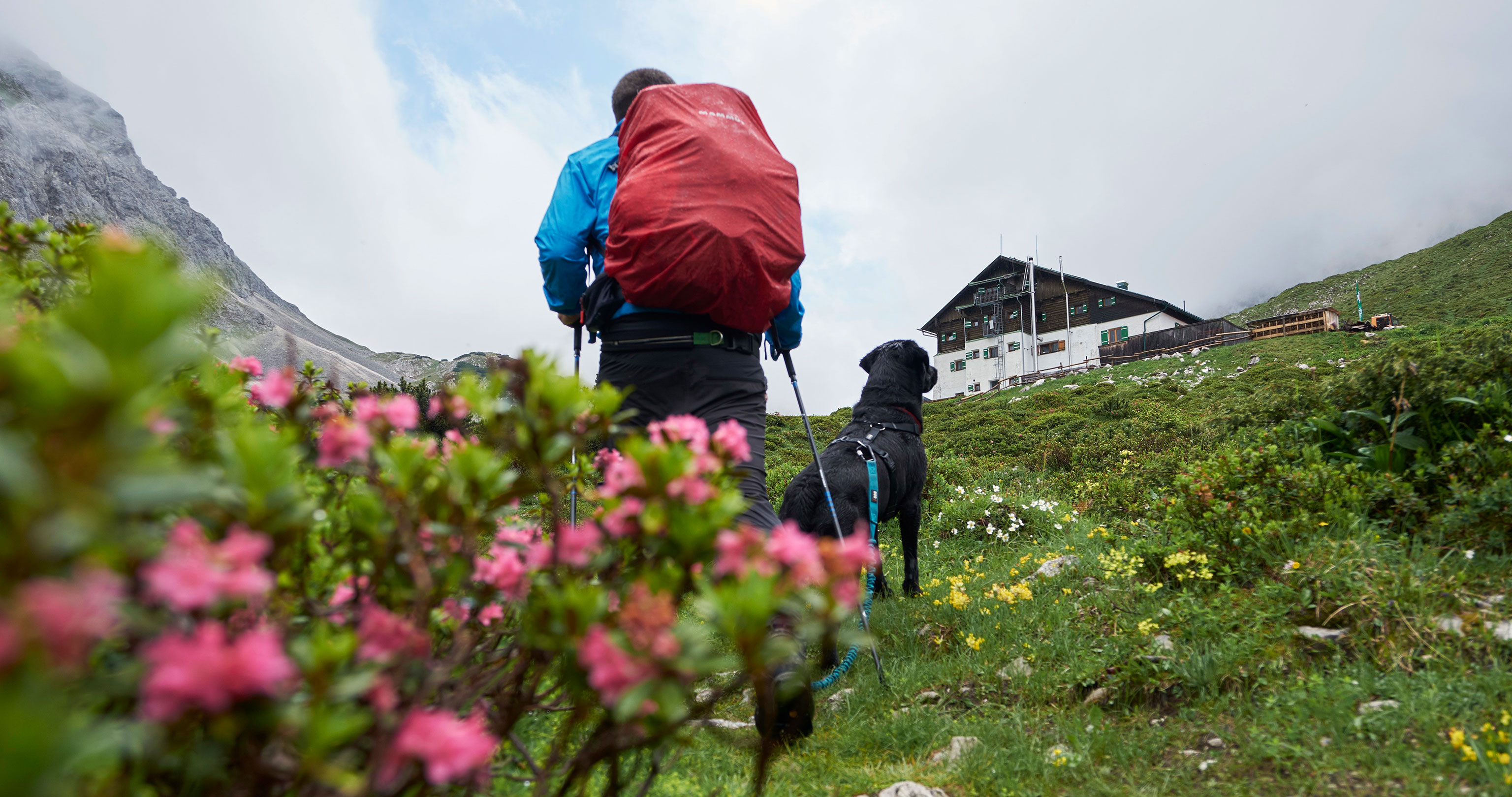Updated on
More and more people are forest bathing. Why? Because it does them good. But what is forest bathing, also known as tree bathing or wood bathing? And how do you do it properly? We’ll answer the key questions and give you a three-step forest bathing guide here.
- What is forest bathing?
- Where did forest bathing originate?
- What effect does forest bathing have?
- How often and how long should we engage in forest bathing for?
- When and where is forest bathing possible?
- What does forest bathing cost?
- What gear do you need for a forest bath?
- A three-step guide to forest bathing
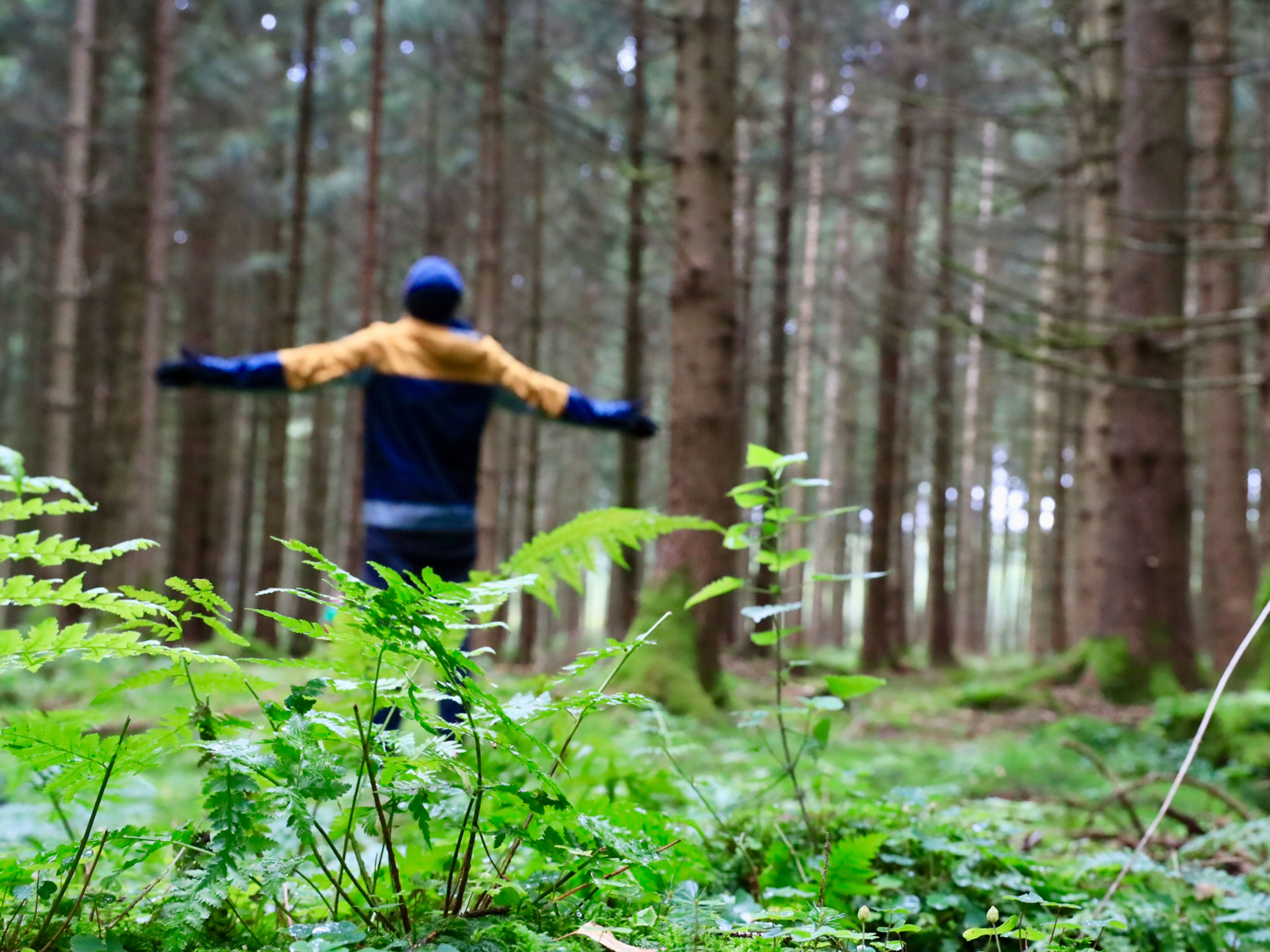
1. What is forest bathing?
Forest bathing is about strolling mindfully amongst the trees. Regular forest therapy walks relax the body and boosts the immune system.
2. Where did forest bathing originate?
Forest bathing comes from Japan, where it’s called Shinrin Yoku. And what does shinrin yoku mean? The Japanese healthcare service has been promoting it as part of a healthy lifestyle since the early 1980s. Forest medicine is even taught at universities in Japan and consultants offer forest therapy walks. Nowadays, wood bathing is practised all over the world.
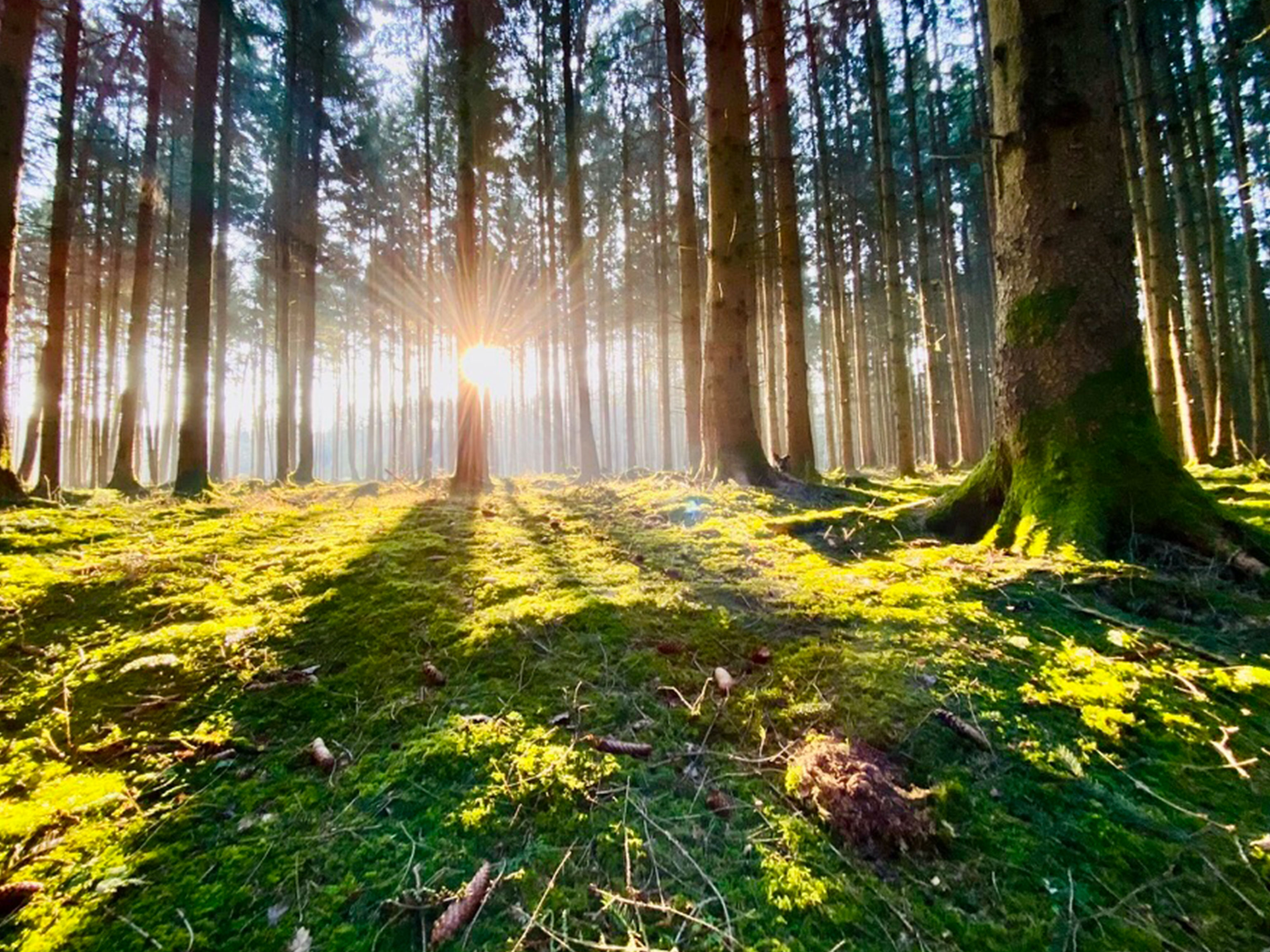
3. What effect does forest bathing have?
The forest has a soothing effect on people. Scientific studies confirm that a mindful stroll in the forest reduces blood pressure and enhances our mood. Because woodland has a scent with trees emitting fragrant essential oils called terpenes. People absorb terpenes when they breathe and through their skin. This boosts the production of dopamine and serotonin happy hormones.
It’s also good for the digestion. A meditative walk in the forest makes people relax and their immune systems stronger. These are the reasons why forest bathing’s healthy and it’s referred to as a forest therapy walk.
4. How often and how long should we engage in forest bathing for?
There’s no limit to how often you do it. Amble through the forest as frequently as you like. However, this experience shouldn’t turn into a daily exercise of merely getting from A to B when you no longer encounter nature in a mindful way.
Ideally, a forest bath should last until you’ve made use of all your senses and immersed yourself in the environment. When you emerge from your forest bath, depends on your own comfort zone and focus.
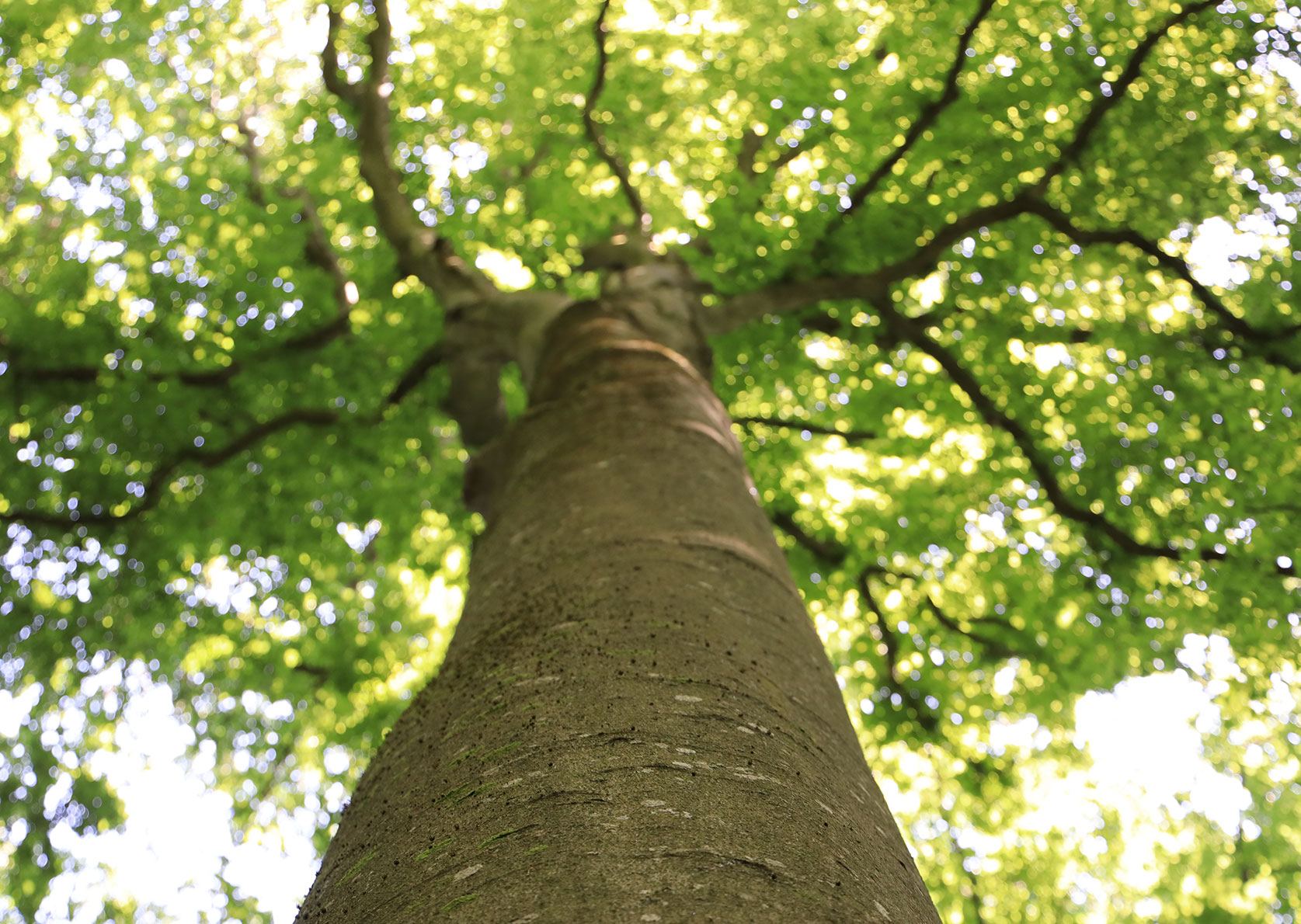
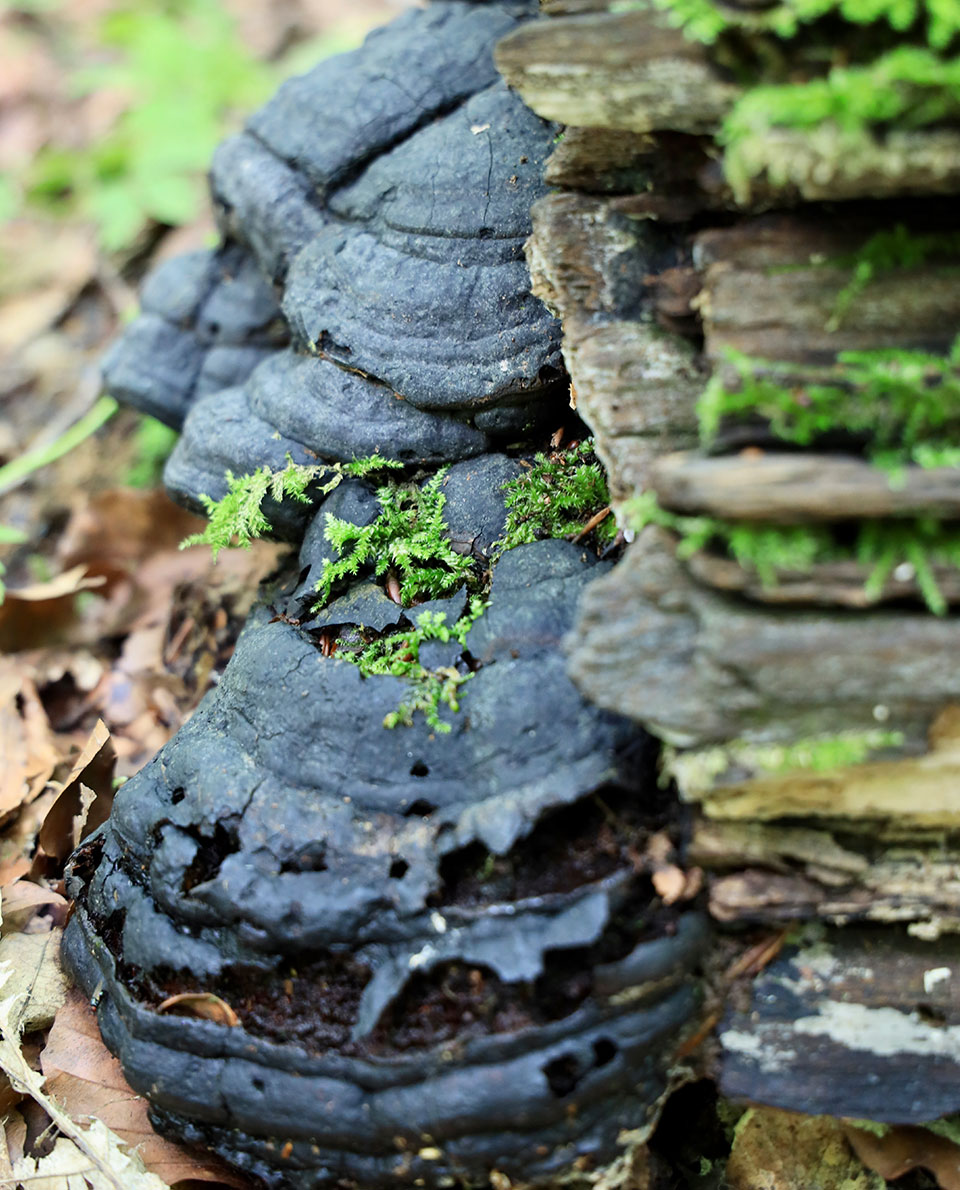
5. When and where is forest bathing possible?
Forest bathing is possible anywhere where there are trees and a forest, in town, in the country or in the mountains.
This nature-based activity is also independent of the season. Forest bathers’ experiences in winter are different to spring. For example, cold weather can focus your senses and stimulate your body.
6. What does forest bathing cost?
Tree bathing is free for anyone who wants to saunter off by themselves. But if you’re unsure how and in which forest you want to start off, then you can take an official forest bathing course. There are now lots of offerings with trained forest bathing guides all over the world. The costs vary and depend on the duration and intensity of the course.
7. What gear do you need for a forest bath?
Forest bathing doesn’t require much in the way of equipment. You’ve probably got most of what you need already:
- Good shoes that are suitable for the terrain and forest concerned.
- Comfortable and functional clothing so that you can sit on a wet branch or damp moss.
- Long socks or trousers prevent ticks and other insects from biting you. Insect repellent also offers extra protection.
- Get dressed warmly in autumn and winter so that you can enjoy the experience without feeling cold.
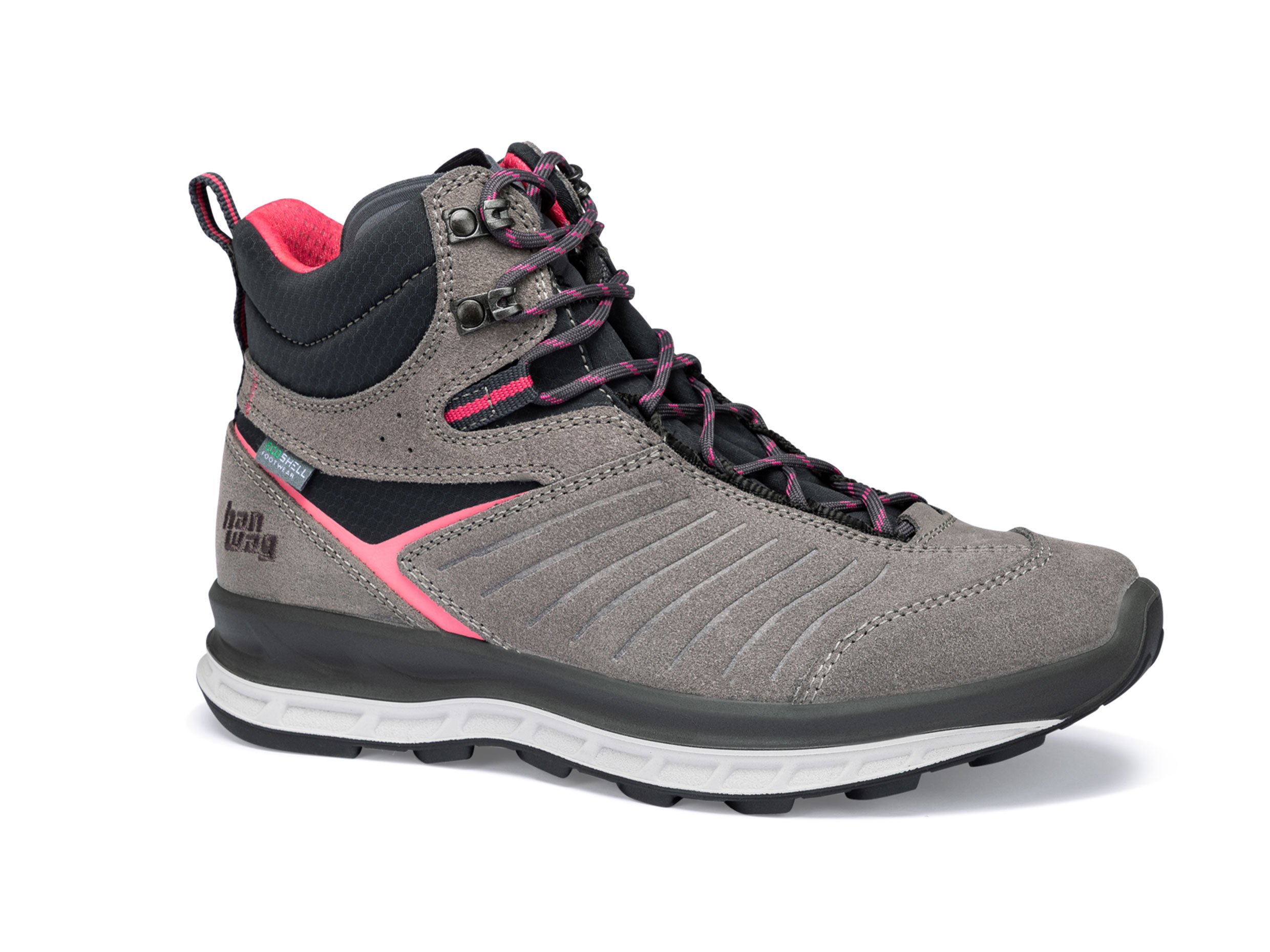
The sustainable forest bathing companion: HANWAG Blueridge ES
We recommend a multipurpose hiking boot with a medium-high upper and high-grip sole. The HANWAG Blueridge ES is produced in Europe and stops your feet getting wet. Because it has an exceptionally sustainable EcoShell membrane. The flexible material and cushioning sole offer plenty of comfort for your mindful experience in the forest as well as on hikes in the lowlands or in low mountain ranges.
8. A three-step guide to forest bathing
Unlike long-distance hiking or mountaineering, forest bathing isn’t about reaching a specific goal or pushing yourself to the limit. It’s more about engaging with the atmosphere of the forest. And being still and doing nothing.
Step 1: Choosing a forest
Connecting with the forest and trees and focusing on the moment works best when you’re on your own. Which is why it’s a good idea to choose a forest that’s relatively deserted. It’s easier to become one with your surroundings without lots of distractions from other people.
Not every forest bather can head for the mountains. No problem. A forest close to your home that’s easy to reach is also a good place to do your tree bathing exercises. Choosing a light and inspiring corner of the forest that you spontaneously like is always a good idea.
Step 2: Mindful decompressing
Now all you need to do is take a stroll. But take your time. Because the speed you walk at is no longer important. It’s more about taking breaks in soothing places, sitting, or lying down in the soft moss, staring up at the treetops and focusing on what’s happening to you at that moment. What’s going through your head? What can you hear, see and smell?
Imagine you’re a child wandering through the forest for the first time – what do you notice? Look out for the little things, such as ants hurriedly removing a piece of dead wood and taking it to their anthill. Or the diverse shades of green when the sun shines on the canopy of leaves.
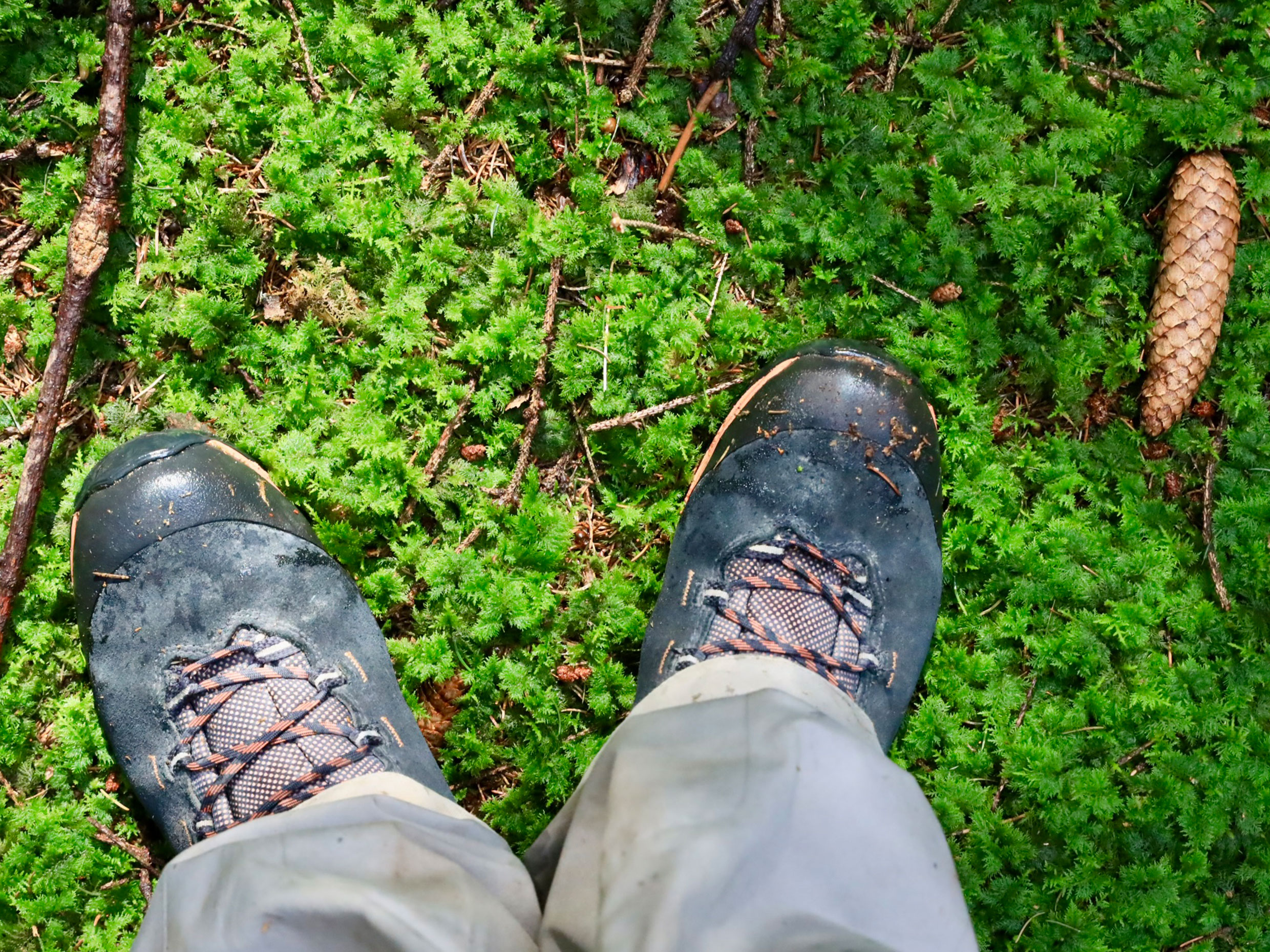
Step 3: Goal achieved
Forest bathing isn’t a race, nor are any specific exercises required. On the contrary, it’s about feeling different and more mindful of ourselves afterwards. Have you unwound? Do you feel less stressed?
If you’ve found what works for you, you can repeat the experience in the same way. And if you feel it’s become a routine and impressions are fading, why not come at a different time of day and find a new area of the forest? It’s important that you practise mindfulness and experience each moment intensively. But don’t put yourself under too much pressure. You’re a free spirit.
Conclusion: Let the forest do its magic. Casual and mindful forest walks will help you to relax and make your body and mind stronger.


